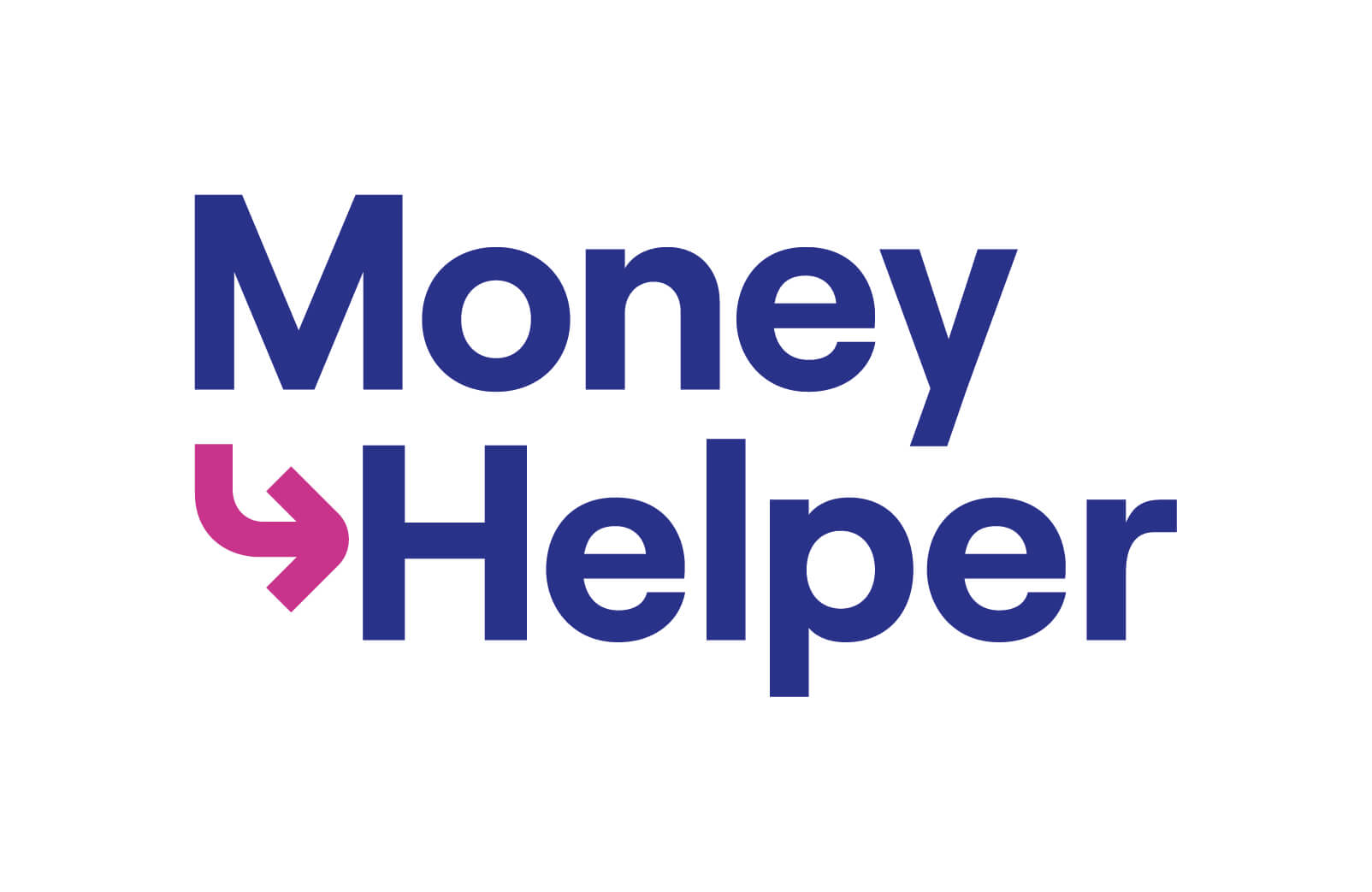Minimal Asset Process (MAP) Bankruptcy in Scotland
The Minimal Asset Process (MAP) is a simplified and low-cost form of bankruptcy for people in Scotland who have low income and few assets. It allows you to have your debts written off if you cannot afford to repay them. MAP is a quicker and cheaper alternative to full bankruptcy (sequestration) for people who meet specific criteria.
While MAP can offer a fresh start, it’s important to understand the process and consequences before applying.
What is MAP Bankruptcy?
MAP Bankruptcy is a formal legal process where most of your debts are written off. It’s designed for people with low income and limited assets who cannot repay their debts. Once you enter MAP, you are usually discharged from your debts after six months, providing you with a fresh financial start.
Compared to full Sequestration (bankruptcy), MAP is more affordable and has simpler criteria, making it more accessible for those in financial difficulty.

To find out more about managing your money and getting free advice, visit Money Helper, an independent service set up to help people manage their money.
Who Can Apply for MAP Bankruptcy?
You may qualify for MAP if:
- You live in Scotland.
- You owe between £1,500 and £25,000 in unsecured debts.
- You have less than £2,000 in assets, with no single asset worth more than £1,000 (excluding a vehicle).
- If you own a vehicle, it must be worth less than £3,000.
- You have less than £75 of disposable income per month after covering your essential living costs.
- You are not a homeowner.
- You haven’t been made bankrupt in the past five years.
How to Apply for MAP Bankruptcy
Here’s how the MAP process works:
- Speak to an Approved Money Adviser: You will need to consult with an approved money adviser or licensed insolvency practitioner to check your eligibility for MAP.
- Complete the Application: Your adviser will help you complete the application form.
- Pay the Application Fee: The application fee for MAP is £50, which is significantly lower than the fee for full sequestration.
- Approval and Discharge: Once your application is approved, you will usually be discharged from your debts after six months, and most of your unsecured debts will be written off.
What Happens During MAP Bankruptcy?
Once you enter MAP:
- Debt Write Off: Most of your unsecured debts will be written off after six months, providing a fresh start.
- No Monthly Payments: If you meet the criteria for MAP, you will not be required to make any ongoing payments towards your debts.
- Asset Protection: If you meet the asset limits, you won’t be required to sell your belongings, including your car (as long as it’s worth less than £3,000).
- Legal Protection: Creditors can no longer take legal action against you to recover debts included in your MAP.
Which Debts Can Be Included in MAP?
Most unsecured debts can be included in MAP, such as:
- Credit cards
- Personal loans
- Store cards
- Overdrafts
However, certain debts cannot be included, such as:
- Secured debts (like mortgages)
- Court fines
- Child maintenance payments
- Student loans
Advantages of MAP Bankruptcy
- Debt Write Off: You can have most of your unsecured debts written off after just six months, providing a quicker route to financial recovery than full sequestration.
- Low Cost: The application fee for MAP is only £50, making it a more affordable option for those with limited resources.
- No Ongoing Payments: If you qualify for MAP, you won’t have to make any ongoing payments toward your debts.
- Asset Protection: You can keep your essential assets, such as a car (if it’s worth less than £3,000) and other belongings, as long as they meet the asset limits.
Disadvantages of MAP Bankruptcy
- Impact on Credit Rating: MAP will negatively affect your credit rating for six years, making it difficult to borrow money or obtain credit in the future.
- Limited Eligibility: MAP is only available to people who meet specific criteria, including having low income and limited assets. If your debts or assets exceed these limits, you may need to consider sequestration or another debt solution.
- Public Record: Your MAP will be recorded on the public Register of Insolvencies, which is accessible to anyone.
Is MAP Bankruptcy Right for You?
MAP might be the right solution if:
- You have low income and few assets.
- You owe between £1,500 and £25,000 in unsecured debts.
- You cannot afford to make payments towards your debts.
- You don’t own any property and want a low-cost, simple route to having your debts written off.
However, if you don’t meet the criteria for MAP, other solutions might be more suitable, such as:
- Sequestration (Bankruptcy): If you owe more than £3,000 and have more assets or income, full bankruptcy might be a more appropriate option.
- Debt Arrangement Scheme (DAS): If you want to repay your debts in full but need more time, DAS allows you to make affordable payments over a longer period, with interest frozen.
- Protected Trust Deed: This legally binding agreement allows you to repay a portion of your debts over four years, with the remainder written off.
Get Professional Advice
Before applying for MAP Bankruptcy, it’s important to seek advice from an approved money adviser or licensed insolvency practitioner. They will help you understand if MAP is the right option for you or if another debt solution would better suit your situation. Always ensure that your adviser is authorized by the Financial Conduct Authority (FCA) to ensure you receive regulated and appropriate advice.
